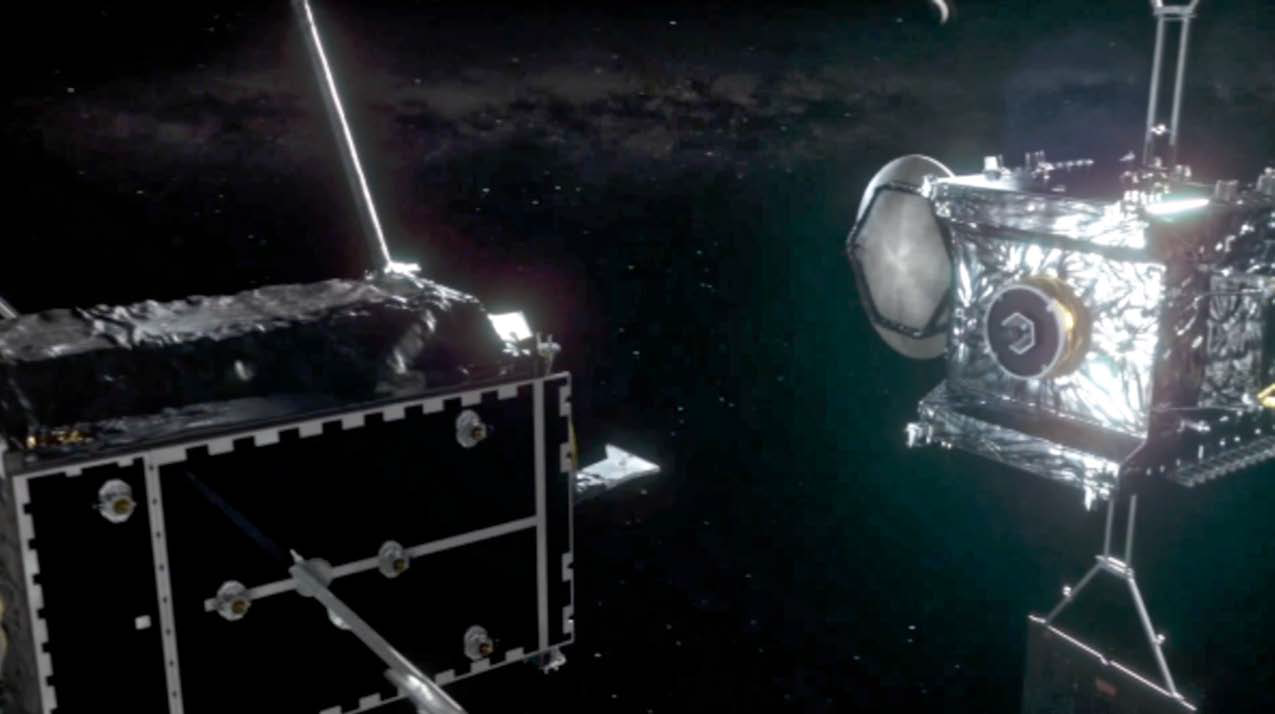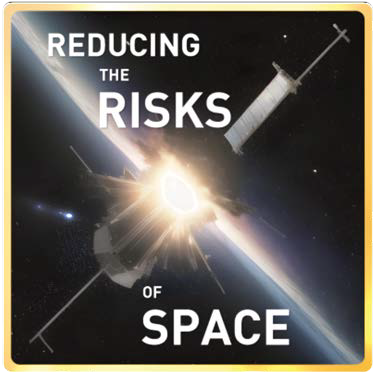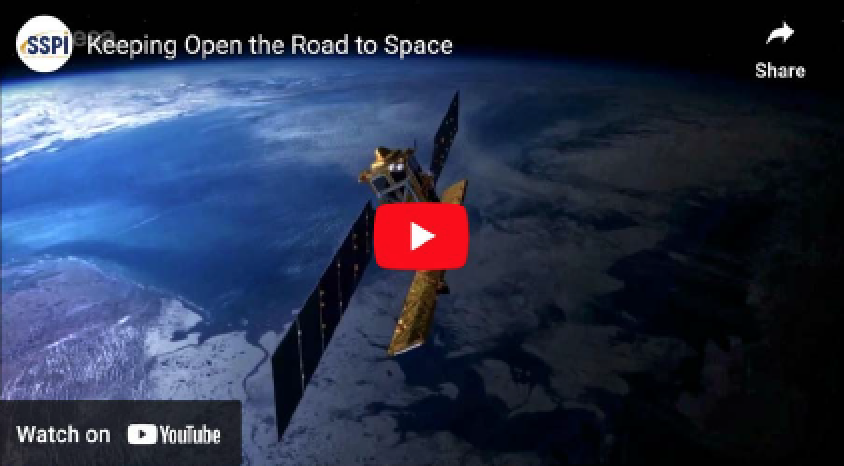Without risk, there can be no reward that is worth having — space offers plenty of both...

The risks begin the moment we set out — riding into space on a column of fire. Millions of systems and software codes have to work correctly in order to keep failure at bay.
Reaching orbit, we find only vacuum that is filled with deadly heat, cold and radiation.
Everything we fly must operate perfectly — as well as support human life — in the void where nothing is able to live.
We can do this only because more than a half a century of engineering experience travels with us.
Rewards + Risks
That has made space quite the rewarding place, a place where billions of dollars’ worth of business is created and closed — business whose potential may be as limitless as space itself.
Those rewards are a result of endeavors that was quite unimaginable at the dawn of the Space Age.
The original risks remain — and we have now added new ones.
For that same half-century, we have been littering the road to space with rocket engines, failed satellites and broken equipment.
Earth orbit holds almost 100 million pieces of debris, all of which is moving at blazing speed.
A piece of junk may be no bigger than a softball can hit a space resident object with the force of a bomb.
When things collide in orbit, they create additional debris.
In one incident, a failed Russian spacecraft smashed into a commercial satellite and, an instant, thousands of additional pieces of junk were added to space.
We continue to launch satellites by the hundreds and by the thousands — the more spacecraft we launch, the closer comes the day when Earth orbit could become a minefield that neither people nor machines dare enter. Without meaning to, we could close the road to our space future... forever.
Propping The Door Open
How can we ensure the doorway to space remains open?
Government and industry are forging new rules for spacecraft to cease their contributions to the debris threat.
Success depends on cooperation between spacefaring nations. That’s difficult — but we have been attempting to achieve that result for decades.
Companies and space agencies are testing ways to remove the most dangerous debris and that’s like catching a softball moving 20 times faster than the speed of sound. However, the work goes on.
Government and industry are building better radar systems to track debris.

Automatic warnings will give operators time to move spacecraft out of the way of the debris, as the International Space Station manages to do today.
We are designing for a future of constant maneuvering in orbit that will test the ingenuity of engineers like nothing ever before they have ever experienced.
That’s hardly new. Space junk is just the latest risk we face on our long journey to the stars.
If we tackle debris remediation with the same skill and dedication as those who came before us, generations yet to come will have the opportunity to travel an open road to limitless possibilities.
Produced for SatMagazine bySpace & Satellite Professionals International (SSPI). See more stories and videos of satellite making a better world at
www.bettersatelliteworld.com.
The Better Satellite World video included in this article was produced as part of the Reducing the Risks of Space campaign, underwritten by the Space Shuttle Children’s Trust Fund. The Space Shuttle Children’s Trust Fund was established in 1986 after the explosion of the Challenger shuttle to raise funds for the children whose parents died in the disaster. The fund was later expanded to also raise money for the children of the Columbia shuttle disaster. Over a period of six weeks in May and June of 2023, the Reducing the Risks of Space campaign explored policy, law, technology and operations in development now to manage the challenging space environment of the future.Select this direct link to learn more.


